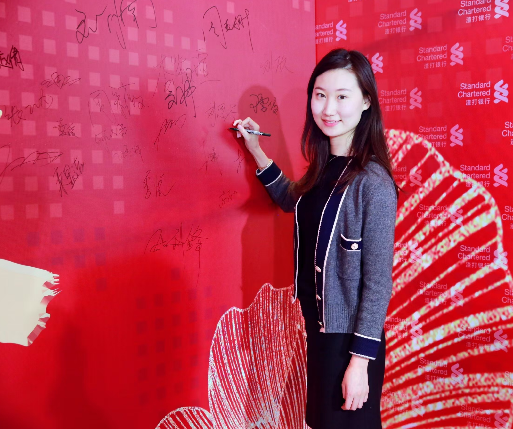Editor’s note: The film “The Interview” and the decision by Sony Pictures to cancel its release in theaters brought debates about free expression and racial representation in film. Here, high school teacher Christopher Mazura addresses the challenges of discussing the events in class with students who have limited knowledge of a country that is, for many, shrouded in secrecy.
“So, did you hear about The Interview?”

It was a class of thirty. Half the students were aware of the film and conversation began to swell, but it was instantly clear that only a handful were aware the release had been canceled by Sony. As misinformation began to fly around the room, I paused the conversation. “What do you know about North Korea?” I asked.
Students turned to one another. There were murmured comments, whispers, uncertain giggles, shrugs. At best, students seemed at a loss for accurate information. At worst, stereotypes simmered.
When I pressed a bit, some students offered general knowledge. They recollected a historical tension between North Korea and the United States and that the governing structure was autocratic; some mentioned the Korean War, though couldn’t articulate much about it. Reaching, students started to name some movies that might have been about spying in North Korea. Wasn’t “Red Dawn” about North Korea?
Though students knew The Interview starred Seth Rogen and that it was about him going to North Korea, few knew the basic plot points which by Dec. 18 had been widely publicized in the media. None were aware of the assassination scene.
Many questions followed. Why did Sony pull the film? Who were the hackers? How do we know they were Korean? Has anything like this happened before? Would there really have been a terrorist attack? Should Sony have pulled the film?
Inevitably, the students sought answers, using snippets of recollected history and hallway hearsay to form opinions.
“SONY pulled the film because the parent company is Japanese.”
“Did you know North Korean students learn songs about killing Americans?”
“I don’t know if kids in North Korea have ever even seen a comedy.”
“I know we can’t fly commercial flights over North Korea or they could shoot the planes down.”
Questions arose from the conversation. What is the role of the United States government when it comes to censorship in the entertainment industry? Does the fact that Sony is a Japanese company have anything to do with the movie being pulled? Are there differences in what is found humorous across cultures, and what does this mean for relating to other people?
One student wondered aloud: it’s a comedy, who doesn’t understand the fact that this is just making fun? Another pointed out that American citizens, and the government, might feel the same way if President Obama was a victim of violence in a film.
The more questions they asked, the more they took pause. These questions led them to probe apparent cultural differences, which revealed how many assumptions they had made about North Korea.
And they weren’t the only ones. As a teacher, sometimes you pull out material that supports the trajectory of the conversation, and other times you use information that pushes the wrong way. At one point, I mentioned a news story about how Kim Jong-un reportedly banned citizens from using his moniker to name their children. That story only reinforced superficial impressions of North Korean culture. It didn’t push my students to consider the more complex situation that another story — in particular, a report by Suki Kim, which I later brought up in class—might have. Kim’s report on North Korean students served to normalize youth experience across cultures, showing the effects of the dictatorship through the lens of her time as a teacher.
In one moment, instead of dissolving stereotypes, I reinforced them, realizing that even my own views were biased and partial.
I realized I could not separate all fact from fiction in this case. Each time a student tested an assertion, I simply asked for evidence supporting their claims; if they didn’t have any, I directed them to obtain evidence to bring back to our conversation the next class session.
A lesson I often invoked with my students flashed to mind. I have taught students that at the outset of entering any conversation, one essential, ethical move is to acknowledge one’s own biases.
When we as teachers have the courage to share this kind of vulnerability, the way our students do daily, we are better able to meet them where they are. When we position ourselves as learners amongst learners, we model an approach to living that goes beyond the classroom. I was reminded again of the fact that I, too, am still learning to do this.
Christopher Mazura is a high school teacher at Guilderland High School in Guilderland Center, New York, and a father. He is also a National Writing Project teacher consultant and a site leader for the Capital District Writing Project on the U.S. Department of Education-funded College Ready Writers Program.
PBS NewsHour education coverage is part of American Graduate: Let’s Make it Happen, a public media initiative made possible by the Corporation for Public Broadcasting.
Popular News




Current News
Manufacturing

Collaboratively administrate empowered markets via plug-and-play networks. Dynamically procrastinate B2C users after installed base benefits. Dramatically visualize customer directed convergence without
Collaboratively administrate empowered markets via plug-and-play networks. Dynamically procrastinate B2C users after installed base benefits. Dramatically visualize customer directed convergence without revolutionary ROI.





About Us
Tech Photos
























